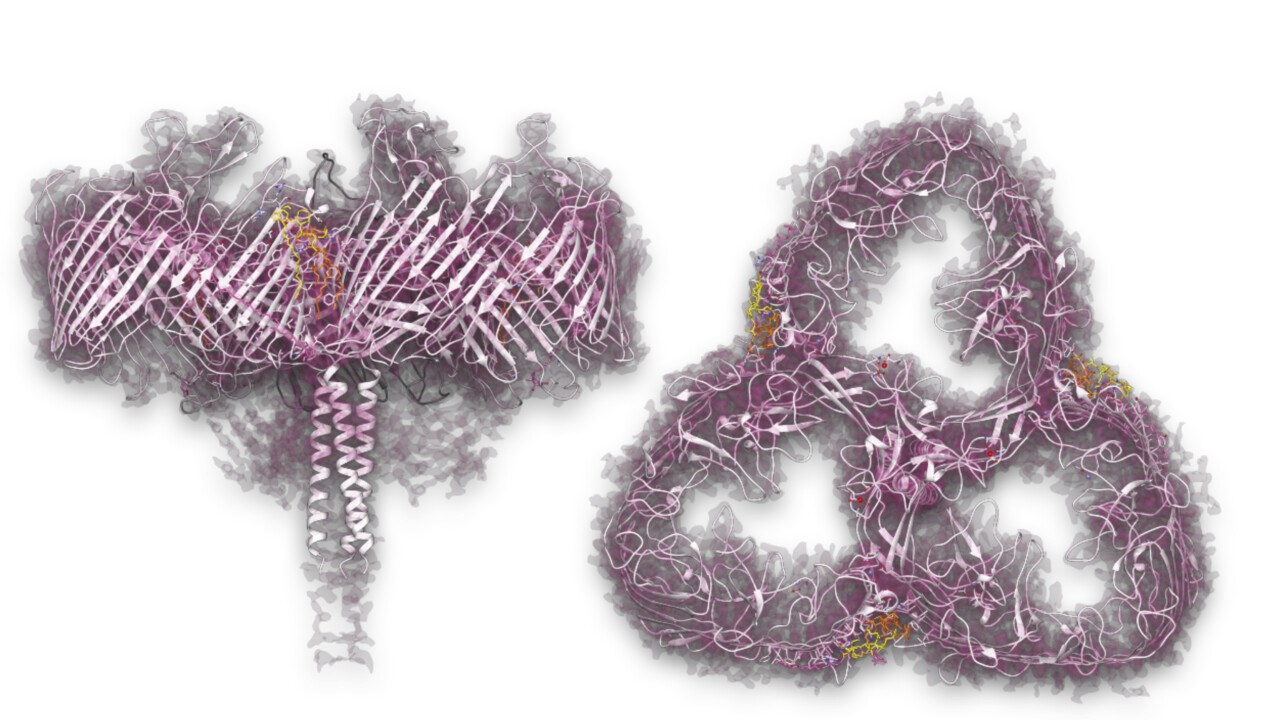About the scientific article:
Farci D, Haniewicz P, de Sanctis D, Iesu L, Kereïche S, Winterhalter M, Piano
D.: The cryo-EM structure of the S-layer deinoxanthin-binding complex of Deinococcus radiodurans informs properties of its environmental interactions. Journal of Biological Chemistry (2022), doi: https://doi.org/10.1016/j.jbc.2022.102031


